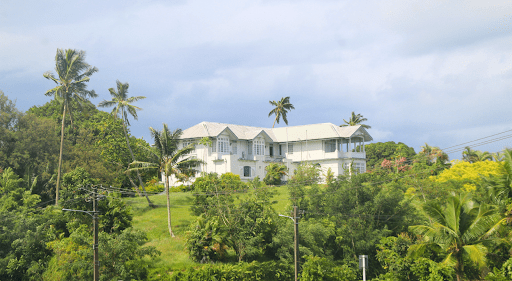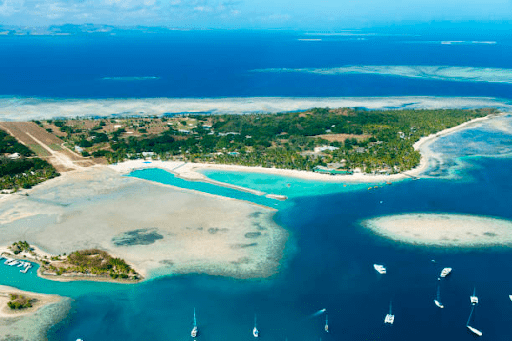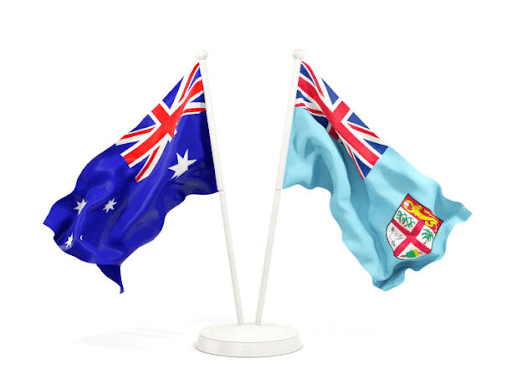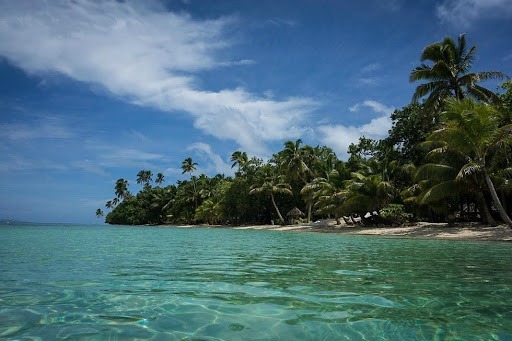Borron House: Fiji’s State Guesthouse
Positioned on one of the highest points in Suva, overlooking the magnificent Suva bay and peninsula, is the Borron house estate. The estate is nestled on one of Suva’s indigenous hillforts known as ‘(Na)rairaiwaqa’, (the place of lookout- for canoes) and is about 3 kilometres out from the Suva metropolitan. Ask any Suva local about the whereabouts of Borron house, and everyone knows where it is and how to get there. Similar to the Celine Dion song, ‘if walls could talk’, the Fiji museum, in one of its tribute posts on Borron house titled its Facebook post as, ‘if this house could talk’, and yes, if it could talk, it would share the glorious history it has undergone, from housing national leaders during the early colonial days to hosting most of the nation’s foreign dignitaries.
The Cotton planter’s house- a brief history
Perched on the second highest point in Suva (the highest perhaps being Nauluvatu), the Borron estate overlooking the Suva peninsula, has both the Suva and Laucala bay’s in sight. James M. Borron Snr arrived in Fiji two years before Fiji became a British colony, and had immediately been consumed in the young colony’s sugar industry.
Borron House in 1941. Image by the Fiji Museum
Borron Snr, bought the estate of 90 acres from the Cuthbert family, an Irish family from Dublin, in 1890. It was his son, James S.K.B Borron, that made the estate into what it is known today, and he began by commissioning architectural blueprints from R. A Derrick, a chameleon of talents ranging from history, mechanical, architecture and historical knowledge.
The war efforts
The house was constructed in 1927 and was most useful from 1940 to 1956 during World War II. Fortifications known as the Samabula camp were set up on the estate, and an underground battle chamber was constructed in case the Japanese encroached further South into the Pacific. Its grounds were officially used as the headquarters of the New Zealand forces with tents set up on the estate grounds and its allied force, the American Forces moving in and out, using the estate as a transit point.
Foreign dignitaries and national affairs
This estate and its house have been a vital part of the nation’s history, hosting the former first lady of the United States and civil rights activist, Eleanor Roosevelt, in August 1943. The Duke and Duchess of Kent, Prince Edward and Katharine also visited shortly before travelling to Papua New Guinea for the South Pacific Games in 1969.
The paramount chief, politician and considered the ‘father of modern Fiji’, Ratu Sukuna took up residence at Borron house in the 1950’s and even laid in the state during the national mourning period at the mansion before being laid to rest in his home island, Lakeba on June 12, 1958. A few of the nation’s president’s also used the mansion as their official residence at a time in their careers, such as that of Ratu Josefa Iloilo and George Konrote.
The Archbishop of Canterbury, Justin Welby during his visit in 2018. Image by Fiji Government.
The Borron estate was officially accorded Fiji’s state guesthouse in 1980. A number of foreign dignitaries were hosted at the mansion, such as that of former Australian Prime Minister, Bob Hawke in 1984. Then UN Secretary-General Boutros Ghali in the 1990’s and Princess Royal, Princess Anne stayed a few nights at the mansion in 2006. The Sussexes, Harry and Meghan were also hosted at the estate during their visit back in 2018. Norway’s crown prince Haakon was hosted at the mansion a year later in 2019.
In 1987, seventeen years after Fiji’s independence, hostages of the country’s first coup d’état, most of whom were MP’s of the newly elected coalition government, were temporarily held at Borron house.
Remains of the 21 Fijian soldiers who served and died in British Malaya (present-day: Malay Peninsula and Singapore) in the 1950’s were extradited to Fiji and laid in state at Borron house in 1993.
The state guesthouse at times also acts on part of the state house, hosting official inauguration of MP’s, official government meetings or retreats for regional groups.
A gift to the nation
In 1959, James S.K.B Borron retired from his estate at Mago island and settled at Borron house. Borron envisioned his estate as a colonial and historical preservation for the people of Fiji. In 1977, he gifted the deed of the estate’s garden and furniture to the National Trust of Fiji, and the Trust acquired full management of the estate after his death in 1979. To commemorate the conferring of the mansion as Fiji’s official state guesthouse, two flagpoles were erected in front of the mansion in 1981.
The Borron Family’s coat of arms. Image by the Fiji Museum
Other tips to consider
The estate is under a 24-hour guard supervision with a live-in caretaker but an organised tour is possible. If you are planning an independent tour, which is a rarity, then the estate is currently under the care of the Construction and Implementation Unit (CIU) department of the Ministry of Economy.












